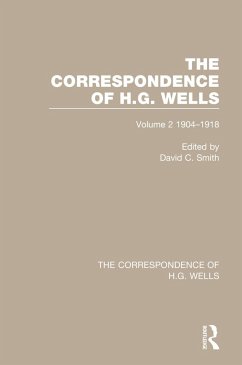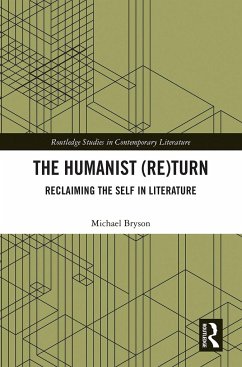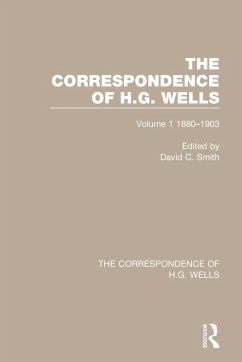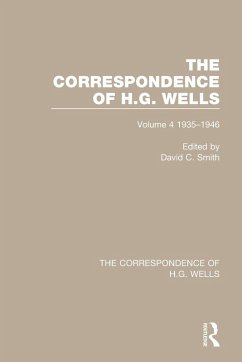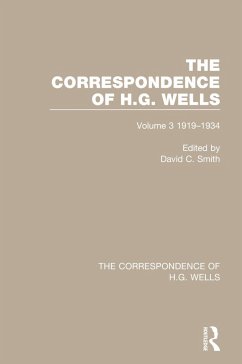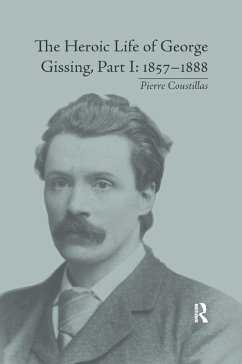
Class in Turn-of-the-Century Novels of Gissing, James, Hardy and Wells
Versandkostenfrei!
Versandfertig in 1-2 Wochen
51,99 €
inkl. MwSt.
Weitere Ausgaben:

PAYBACK Punkte
26 °P sammeln!
First published in 2005, this book argues that, due to political and ideological shifts in the last decades of the nineteenth century a new depiction of social class was possible in the English novel. Late-century writers such as Gissing, James, Hardy and Wells question the middle-class Victorian views of class that had dominated the novel for decades through the disruption of traditional novelistic conventions. With reference to relevant maps, journalism, artwork, photography and specific historical events, this book contextualizes novels by these writers within their historical moment. In do...
First published in 2005, this book argues that, due to political and ideological shifts in the last decades of the nineteenth century a new depiction of social class was possible in the English novel. Late-century writers such as Gissing, James, Hardy and Wells question the middle-class Victorian views of class that had dominated the novel for decades through the disruption of traditional novelistic conventions. With reference to relevant maps, journalism, artwork, photography and specific historical events, this book contextualizes novels by these writers within their historical moment. In doing so, it illuminates the relationship between fiction and history in the late nineteenth- and early twentieth century fiction. This book will be of interest to those studying late nineteenth-century literature and history.





